Key Takeaways
- Yellow jackets have an omnivorous diet, feeding on proteins and sugary substances.
- Their dietary needs shift seasonally from protein in spring/summer to sugars in late summer/autumn.
- Aggressive scavenging in late summer results from a scarcity of natural food sources.
- Prevention includes proper garbage management, removing fallen fruits, and limiting sweet fragrances.
- Professional pest control services offer effective solutions for severe infestations.
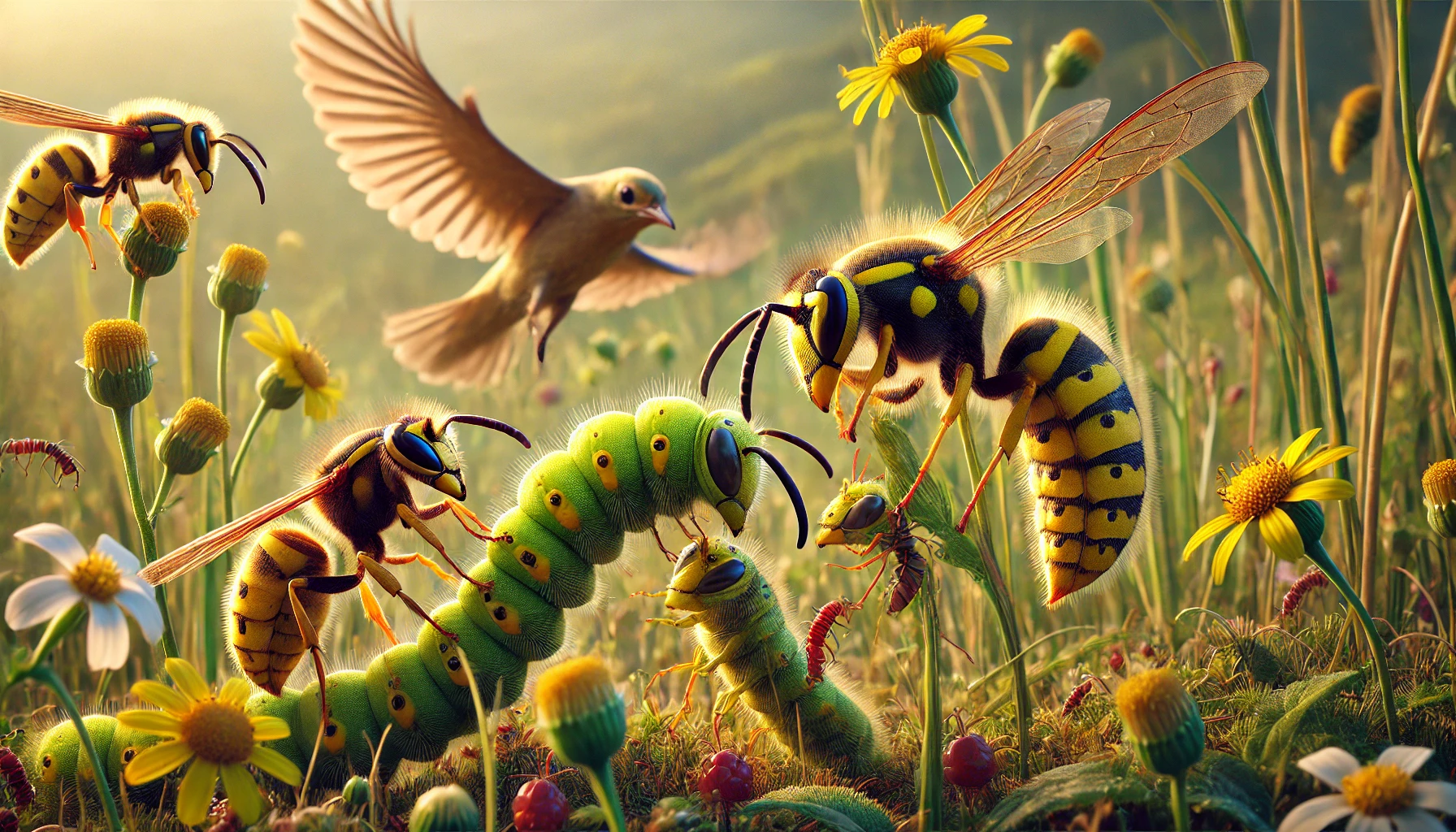 Yellow jackets, a type of aggressive wasp, often become unwelcome guests at picnics, barbecues, and around homes across the United States. Understanding their dietary habits not only helps you comprehend their behavior but is critical to effectively preventing infestations and avoiding painful stings.
Yellow jackets, a type of aggressive wasp, often become unwelcome guests at picnics, barbecues, and around homes across the United States. Understanding their dietary habits not only helps you comprehend their behavior but is critical to effectively preventing infestations and avoiding painful stings.
This guide explores the dietary preferences of yellow jackets throughout different seasons, their attraction to residential properties, and practical prevention measures homeowners can adopt.
What Exactly Do Yellow Jackets Eat?
Yellow jackets are omnivorous insects, which means their diet consists of both animal-based proteins and sugary substances. This versatile diet contributes significantly to their ability to thrive in various environments, including urban and suburban areas.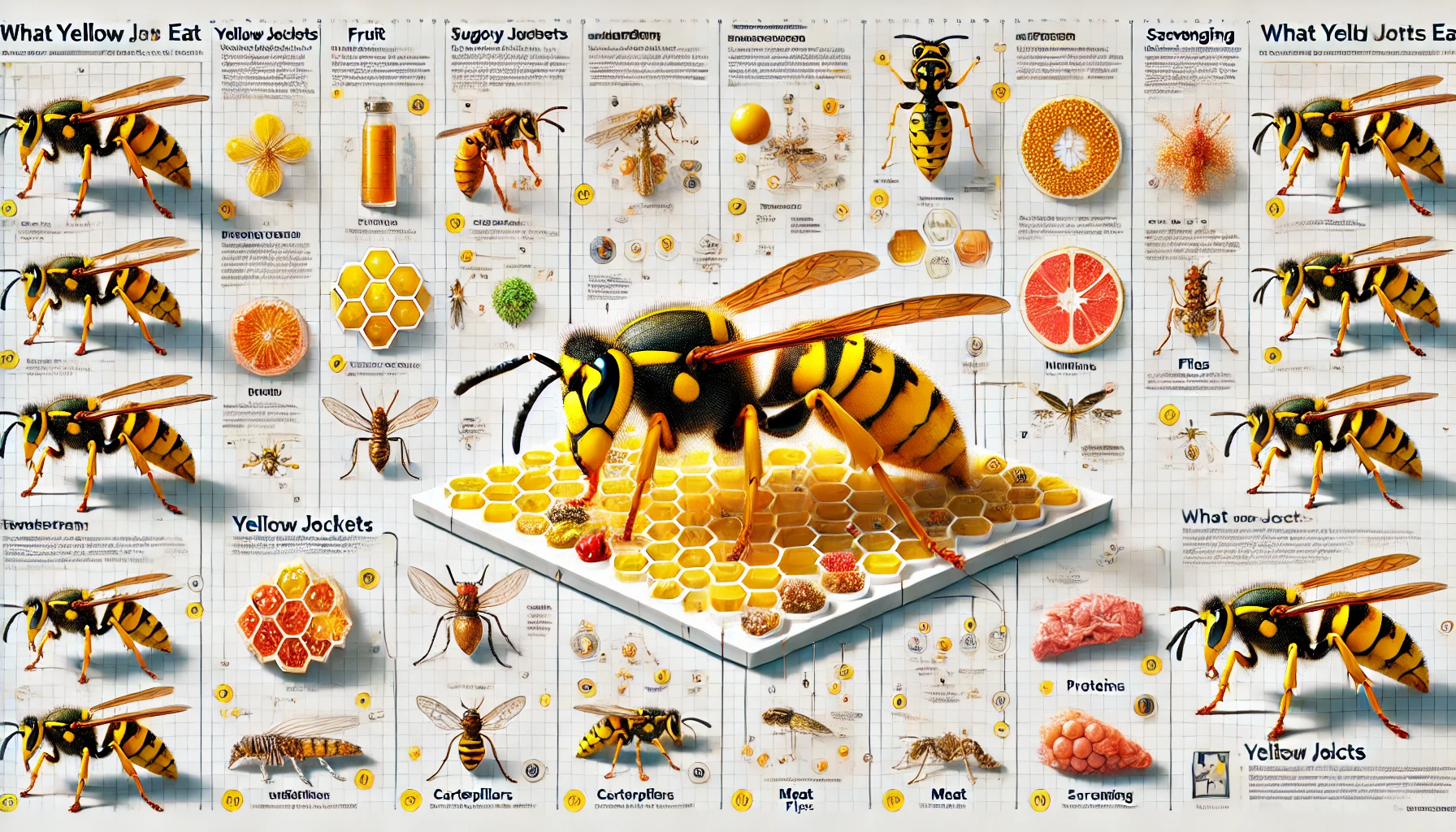

Not getting a solution?
Get your free pest control estimate today!- Flies
- Caterpillars
- Spiders
- Ants
- Beetle larvae
- Nectar from flowers
- Honeydew from aphids
- Tree sap
- Sweet fruits (especially overripe or fallen fruits)
- Human foods like soda, fruit juice, candies, and desserts
How Yellow Jackets’ Diet Changes With the Seasons
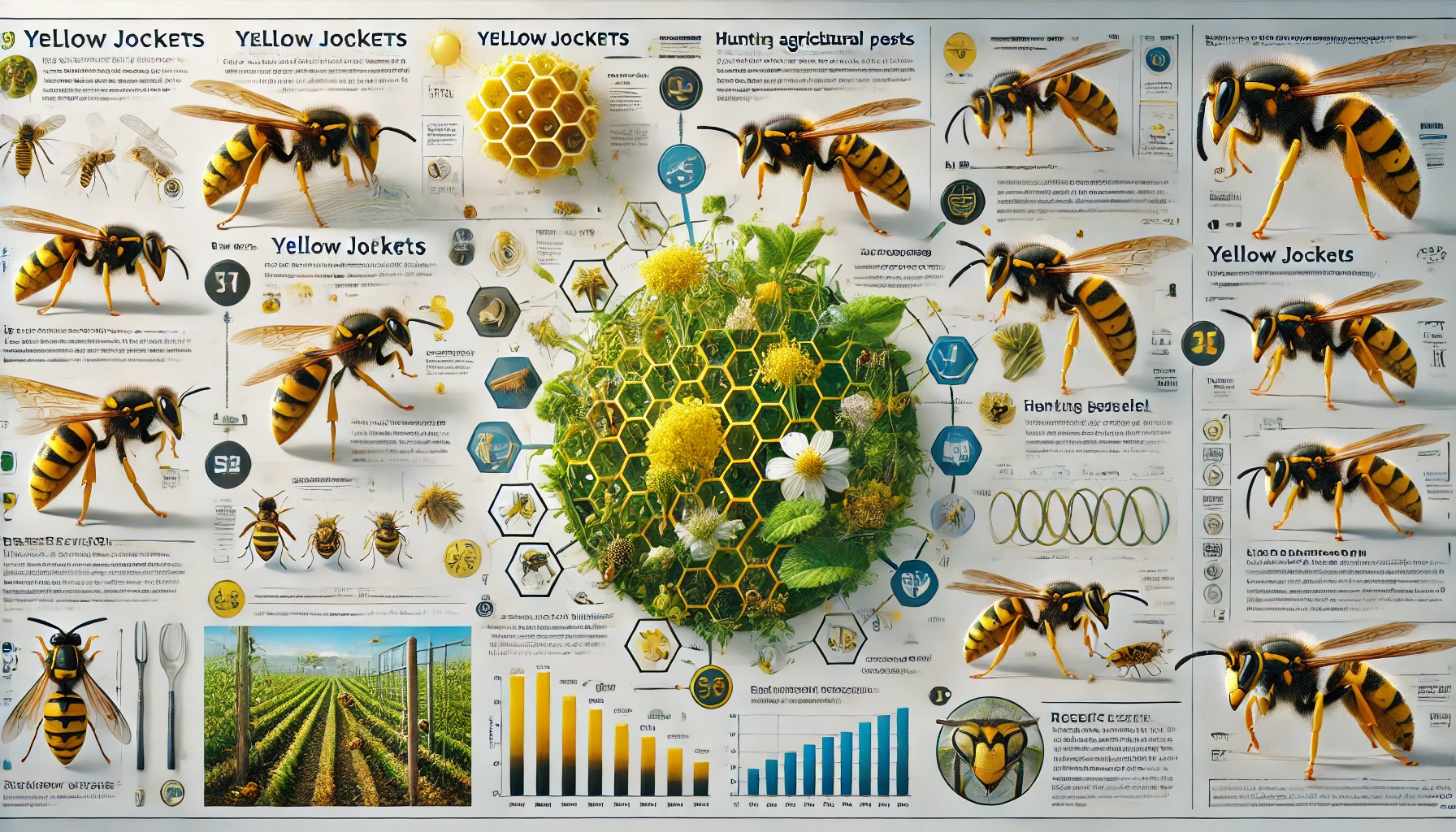 The dietary choices of yellow jackets gets evolved with their changing lifecycle patterns, significantly impacting their behavior around homes.
Spring: Protein for Growing Colonies
In early spring, newly emerged queen yellow jackets focus on finding a suitable nesting spot and laying eggs. Initially, the queen consumes sugary nectar and sap for energy. However, as eggs hatch into larvae, the demand for protein increases sharply. Workers hunt insects actively to feed the developing larvae. During this period, protein sources are abundant, and yellow jackets often prey on:
The dietary choices of yellow jackets gets evolved with their changing lifecycle patterns, significantly impacting their behavior around homes.
Spring: Protein for Growing Colonies
In early spring, newly emerged queen yellow jackets focus on finding a suitable nesting spot and laying eggs. Initially, the queen consumes sugary nectar and sap for energy. However, as eggs hatch into larvae, the demand for protein increases sharply. Workers hunt insects actively to feed the developing larvae. During this period, protein sources are abundant, and yellow jackets often prey on:
- Caterpillars
- Flies
- Spiders
- Other small insects
- Sugary beverages (sodas, juices)
- Desserts and pastries
- Fruits, especially ripe or fallen fruit
- Open garbage bins containing food residues
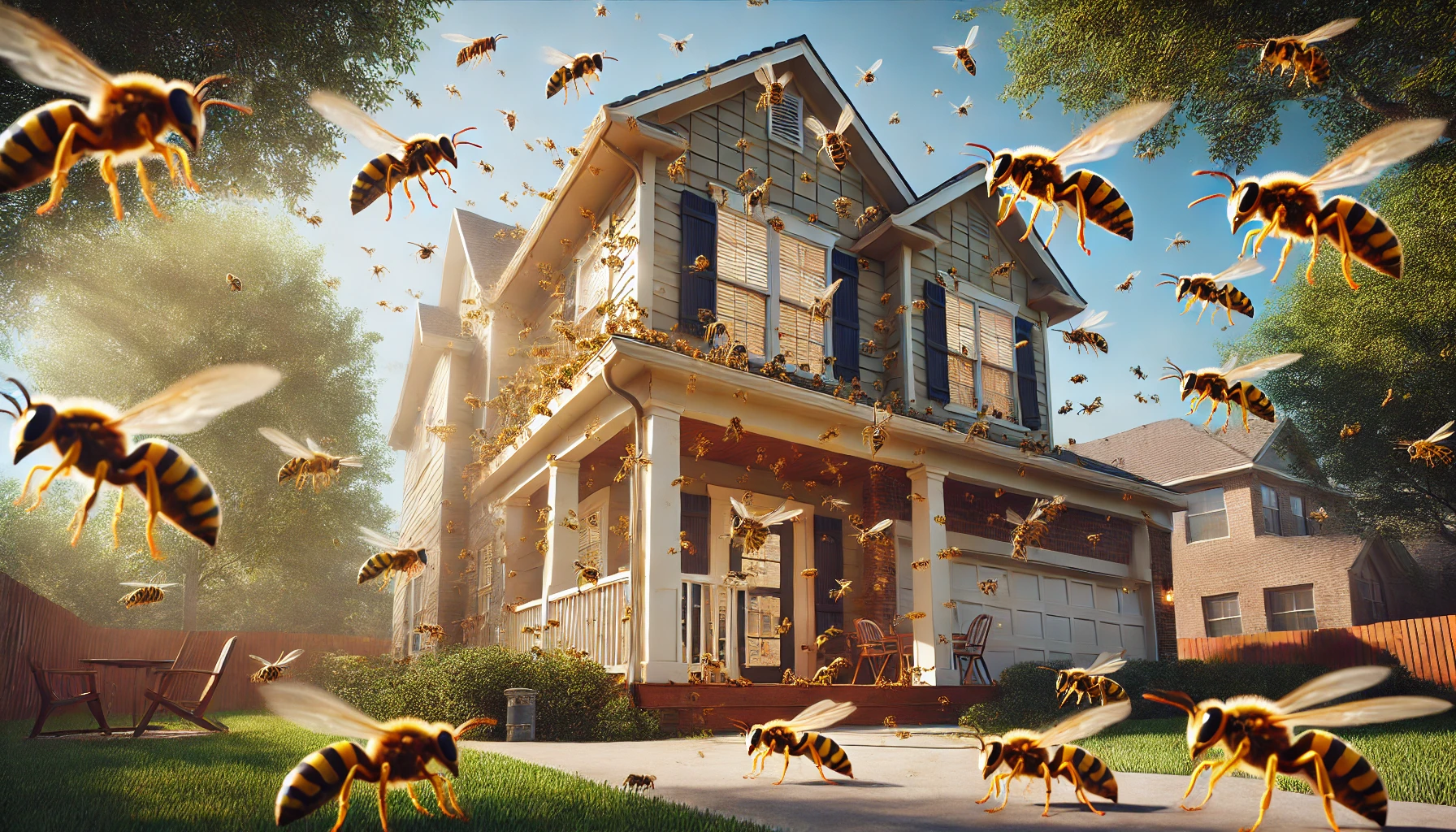
Why Are Yellow Jackets Attracted to Your Home?
- Yellow jackets frequently invade residential areas due to abundant food availability. Human activities inadvertently create ideal feeding opportunities for these pests:
-
Outdoor Dining: Uncovered foods during barbecues or picnics attract yellow jackets.
-
Unsecured Garbage: Open garbage bins or compost piles containing food scraps are irresistible to scavenging wasps.
-
Pet Food: Pet food bowls left outdoors can attract yellow jackets seeking protein.
-
Gardens and Fruit Trees: Ripe or decaying fruits left unattended provide a constant sugary food source.
-
Water Sources: Birdbaths, pools, and pet water dishes can attract thirsty yellow jackets, especially in hot weather.
Practical Tips to Reduce Yellow Jacket Attractants
- Minimizing the presence of food and attractive resources around your home can drastically reduce encounters with yellow jackets:
-
Keep Food Covered: Always cover food and beverages during outdoor events.
-
Seal Garbage Bins: Ensure garbage bins have tightly fitting lids to limit yellow jackets’ access.
-
Regular Clean-Up: Promptly pick up fallen fruits, clean up spills, and manage outdoor compost areas carefully.
-
Limit Fragrances: Avoid using sweet-smelling perfumes or lotions during outdoor activities, especially in late summer.
-
Remove Standing Water: Regularly empty and clean water sources around your property to reduce attractiveness.
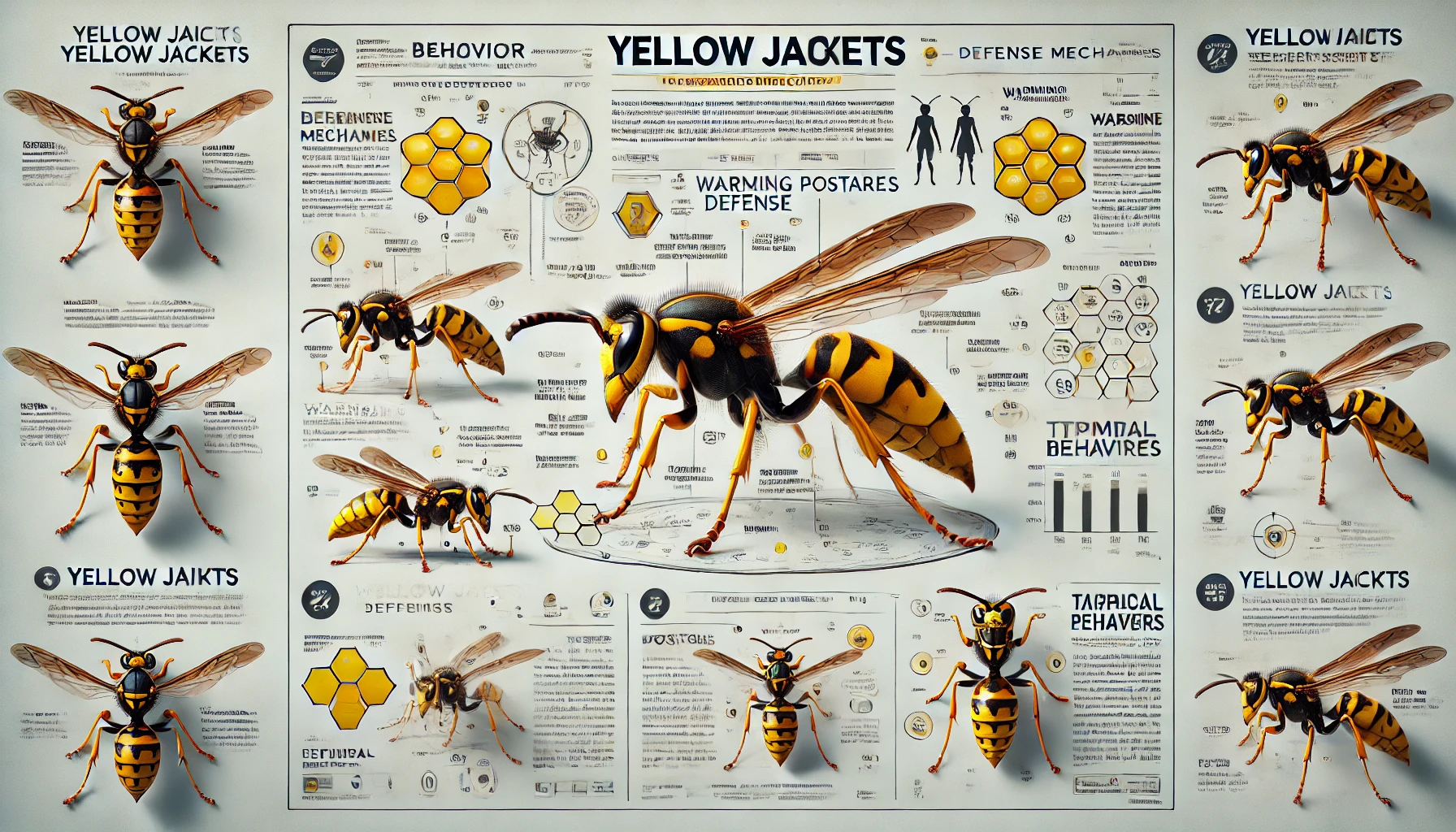
How Diet Influences Yellow Jacket Behavior
Understanding what yellow jackets eat helps homeowners comprehend their behavior and aggression. During late summer and autumn, limited natural food supplies significantly increase their aggression and boldness in scavenging human food sources. This behavioral shift increases the risk of very painful stings and high potential allergic reactions among highly risk prone and sensitive individuals.Pest Control Measures for Yellow Jackets
- Effective management of yellow jackets involves proactive strategies:
-
Springtime Monitoring: Early detection and removal of nests prevent larger infestations.
-
Use of Traps: Deploying yellow jacket traps baited with attractants in early spring captures emerging queens, reducing nest establishment.
-
Professional Pest Control: Contacting pest control experts is advisable for established colonies, especially near patios, decks, or entrances.
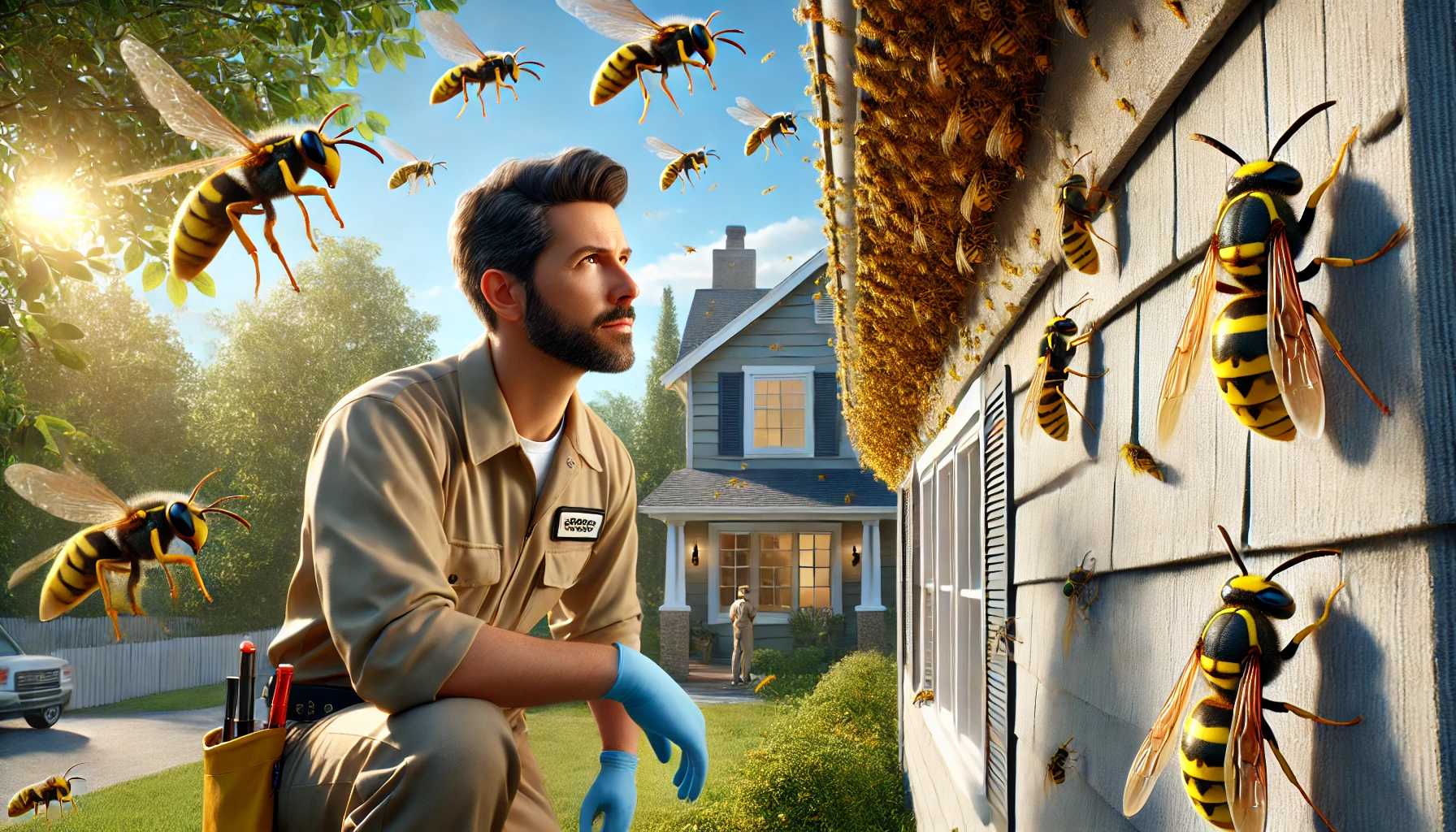
Professionals are equipped with advanced protective gear and have the expertise to handle nests safely, significantly reducing the risk of injury.
If you feel things have gone out of control, it is advised to contact pest control professionals. Our team can provide a customized approach to protect your home effectively.Visit our Species, Control, and DIY Guide sections for additional resources on yellow jackets and ways to tackle a yellow jackets infestation.





